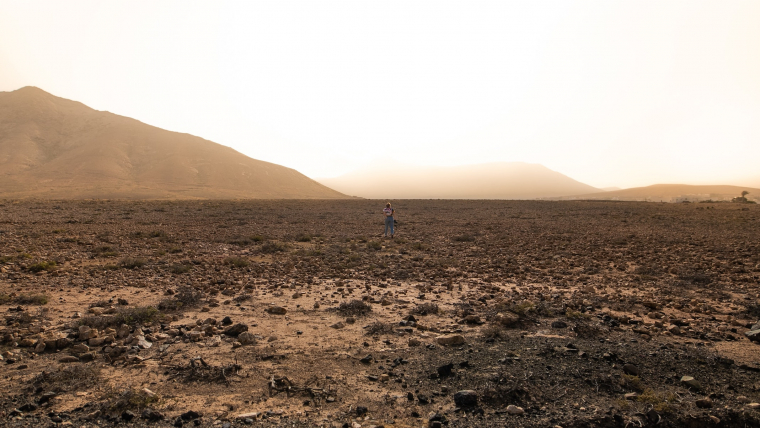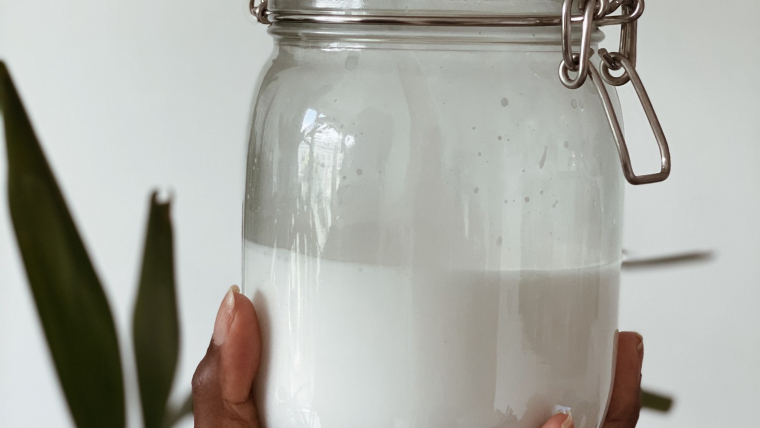It was a rainy afternoon when I stood at the train station, exhausted from yet another hectic week of work and study, only to find out that my train was canceled. Panic!!!

You might think, “Just look for another option on the train app,” but instead, I just stood there at the station looking at the sign and crying. Completely panicked. I simply couldn’t think of a solution to get home. My head was full, my energy low. Little did I know this was one of my burnout signs.
This moment marked the beginning of (a part of) my slow living journey. Such situations happened often, accompanied by other strange episodes. At the time, I was working more than full-time while pursuing my Masters in Art Education. I believed in the mantra of “work hard, party hard,” thinking that being busy, especially as a freelancer, equated to success.
One afternoon, while having lunch with my friend, who is a psychologist, she listened to my story and said, “Can I tell you something from my professional experience?” When I agreed, she told me, “Your story sounds like burnout symptoms.” That evening, I looked up burnout online and recognized myself in the descriptions. I had always thought burnout meant being unable to get out of bed or off the couch. Little did I know there where so many more signs and I already went to far.
I realized I needed to change my lifestyle—not just my mindset. I was not exercising, eating healthily, or sleeping enough, because I always put work and school first. The first thing I did was call the doctor to see a psychologist, but those Dutch waiting lists are so long. So, I tried to help myself…
I started training 3-4 times a week, which made me feel at least physically some what healthier and fitter. Next, I began meditating. The combination of working out and meditation helped me realize that I needed to change some things in my work life as well. I got a separate work phone so I could switch off when needed. Before people would call and text until mid night. This gave me the mental space to understand that further changes were necessary. I made Sunday my free day and even stopped a project that, while really cool, was not healthy for me. However, it wasn’t until later in my slow living journey that I realized I had worked myself as hard out of burnout as I had into it, which is not the healthy way to recover.
If I had another burnout or major stress symptoms, there are several things I would do differently.
Not only because of my own slow living journey, but also through everything I’ve learned during my training as a vitality coach and mindfulness trainer, I’ve come to understand the importance of finding balance. These experiences, both personal and professional, have deepened my knowledge of how stress and burnout affect us, and how we can navigate our way back to well-being.
Here are three things I would do differently:
- Seek professional help from someone specialized in burnout. If there’s a waiting list, it’s still worth the investment to pursue private support. The benefits to your well-being far outweigh the cost. I know seeking private help isn’t easy for everyone. But if you’re able and are unsure, I strongly recommend it. If it’s not an option for you, your GP can be a great first step—many are now more informed about stress and the various treatment options. If you’re employed, there are often many resources available through your workplace, so it’s worth exploring what support they offer.
- Take time to rest properly, as this is a crucial first step in recovery. However, it’s a misconception to think that burnout will resolve with rest alone. While initial downtime is essential, true recovery involves more. After this period, gradually reintroduce beneficial activities, like walking or engaging in hobbies, with professional guidance. You don’t need to rest for months, but a sufficient amount of rest combined with expert support is necessary. A professional can help you determine what you’re ready for and how to incorporate these activities to support your healing process and most of all dealing with what causes you all of this stress in the first place.
- Avoid intense workouts and instead focusing on gentler activities such as yoga, walking in nature, and dancing. Your body is already under significant stress, so it’s important not to add more strain. These lower-intensity activities can support your recovery by helping to ease tension and promote relaxation, without overwhelming your system. Choose activities that are gentle and nurturing to help your body regain balance and strength.
Preventing burnout is ofcourse always better, and I’ve found that the holistic nature of the slow living lifestyle really helps with this. It focuses not only on your mind but also on your body, what you put into it, and your overall lifestyle. As a business owner, I’ve implemented several tips that I’d like to share with you:
- Start your morning slowly: Life is hectic and can be relentless. It’s crucial to have these little quiet moments. For me, this starts in the morning, before I get out of bed. I listen to some calming affirmation music and meditate. I make sure I don’t rush to my phone or read emails right away.
- Do not work on Sundays: Just like starting my morning slowly, it’s important to have a day to do nothing, to rest, to have me or fam time. Not only do you need to rest for your well-being, but it also makes you more creative. It can be Sunday or whatever day that fits you. This does not mean that your other days become longer 😉
- Set work boundaries: I make sure clients know that I do not work on weekends (unless there is an event on a Saturday). We have clear agreements on what I am doing and what I am not.
- Take breaks: Before, I would not take breaks. Now I do. I make sure I eat well—late breakfast, lunch, and dinner. Since I have a dog, it’s also easier to go on several walks a day during work. Weird right, that it’s easier taking care of someone/ something else instead of yourself?!
- Use the Pomodoro technique: This helps me manage my time and stay focused.
If you recognize symptoms of stress or suspect you might be heading toward burnout, don’t hesitate to reach out to a professional. In the Netherlands, I recommend starting with your GP to follow the official path, and then seeking a therapist or coach who specializes in this area.
For those already in the thick of it, it’s important to remember that change is never linear. Some days will feel like progress, while others might feel like setbacks. And that’s okay. The most important thing is knowing that you can always start again. Slow living isn’t about perfection; it’s about finding your rhythm, through trial and error, in a way that fits you.
I’d love to hear your experiences with stress, burnout, or slow living. What has helped you find balance? Feel free to share your story or any tips over on Instagram @adjumatribe! Let’s continue the conversation and support each other on this journey to a more balanced life.



